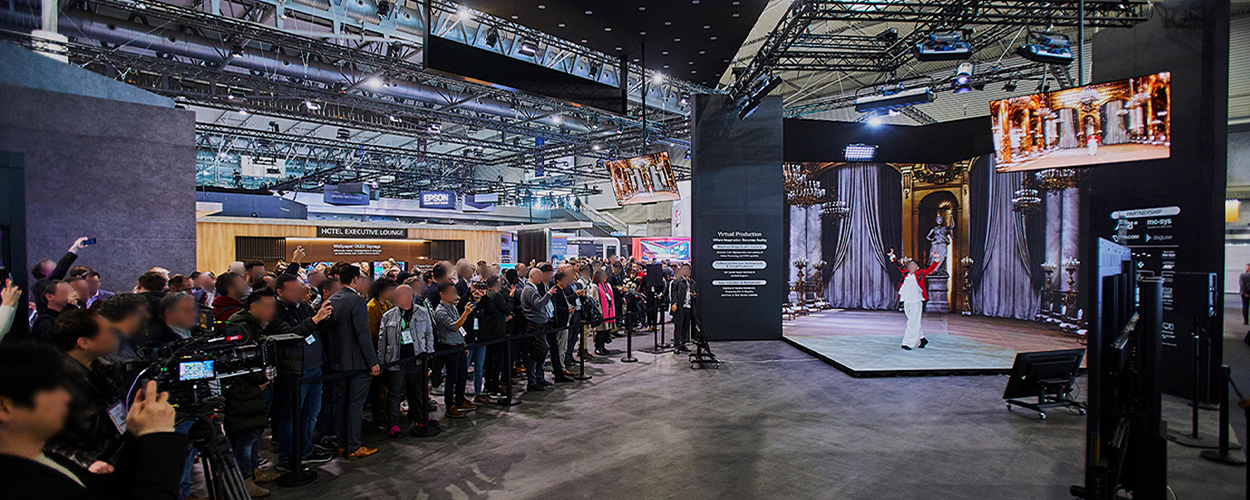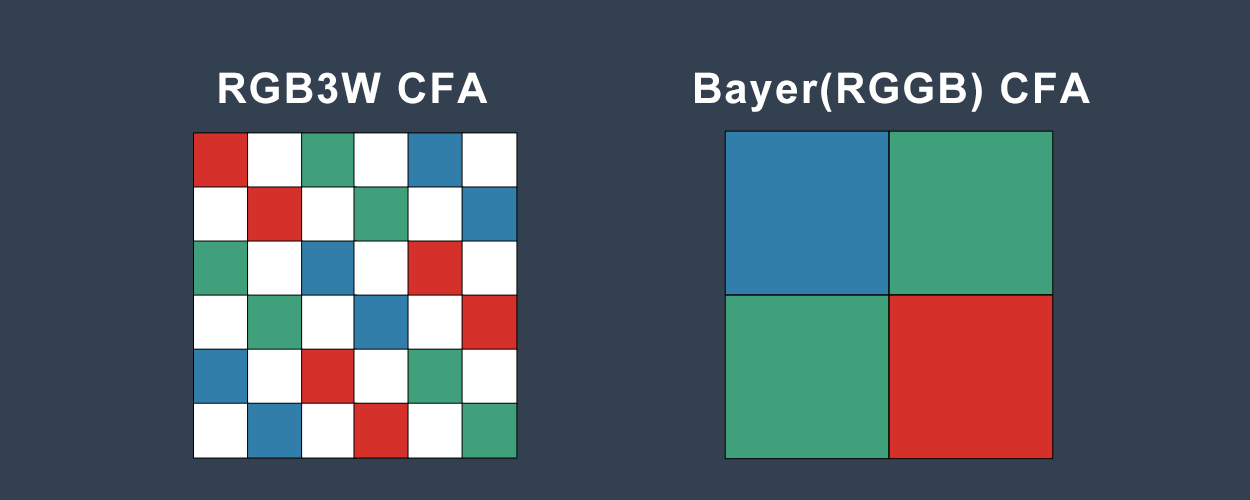In recent times, both LG and Samsung have unveiled dedicated LED display products tailored for cinematic virtual production, marking significant breakthroughs in the realm of LED virtual studio technology. LG introduced the LBAF series of LED displays, featuring MicroLED technology with a pixel pitch of 1.56mm. These displays boast an impressive peak brightness of 1500 nits and an outstanding maximum contrast ratio of 100,000:1. Notably, the LBAF series ensures uniform brightness exceeding 95%, a refresh rate of 7680Hz, and a remarkable maximum frame rate of 120fps. With horizontal and vertical viewing angles reaching 160 degrees, the display achieves unparalleled visibility. The adoption of the unique Chips on Board (COB) packaging technology and LG’s proprietary full black coating enhances the LBAF series’ ability to deliver a more refined black performance compared to conventional LED displays.
Similarly, during the recent InfoComm 2023 event, Samsung unveiled “The Wall for Virtual Production,” a dedicated LED display tailored for cinematic virtual production applications. This product offers two pixel pitch options, P1.68 and P2.1, specifically designed for studio scenarios with frame rates of 23.976Hz, 29.97Hz, and 59.94Hz, along with synchronized locking functionality. Impressively, it boasts exceptional performance characteristics, including a refresh rate of 12,288Hz, a maximum brightness of 1500 nits, a contrast ratio of 35,000:1 (for the P2.1 version), and a wide viewing angle of 170 degrees.
Meanwhile, Blackmagic Design is also at the forefront of innovating LED virtual studio technology. They have introduced the Blackmagic URSA Mini Pro 12K OLPF camera, meticulously optimized for LED virtual production. Equipped with their in-house developed 12K Super 35mm 80MP ultra-high pixel sensor, this sensor diverges from traditional Bayer arrays, employing an entirely new color filter array. Furthermore, this sensor integrates an equal number of red, green, and blue pixels, along with the addition of white pixels on the CMOS image sensor. This strategic optimization for various resolutions results in outstanding image output. The camera supports impressive 12K/60fps output, while also providing 8K and 4K output without cropping or altering the field of view.
To address potential issues such as moiré and aliasing, Blackmagic Design has incorporated a high-performance optical low-pass filter (OLPF) into the URSA Mini Pro 12K camera. Additionally, this OLPF includes an enhanced infrared (IR) filter, safeguarding the photosensitive elements from infrared interference and damage. When combined with Blackmagic RAW processing, this design preserves rich color and crucial image details, thereby enhancing image fidelity.

In conclusion, LED virtual studio technology is rapidly advancing, with LG, Samsung, and Blackmagic Design leading the charge in driving breakthroughs and possibilities in this field. These recent developments not only provide filmmakers with enhanced creative tools but also offer audiences even more astonishing virtual experiences. As technology continues to progress, we can anticipate continuous evolution in LED cinematic virtual production technology, delivering further surprises and innovations to the entertainment industry.
Post time: Aug-12-2023

